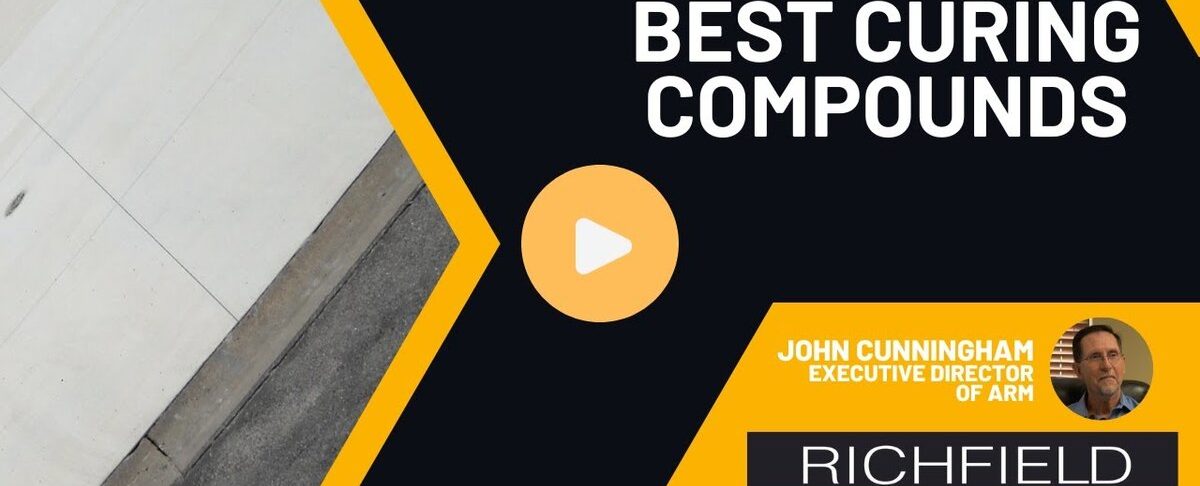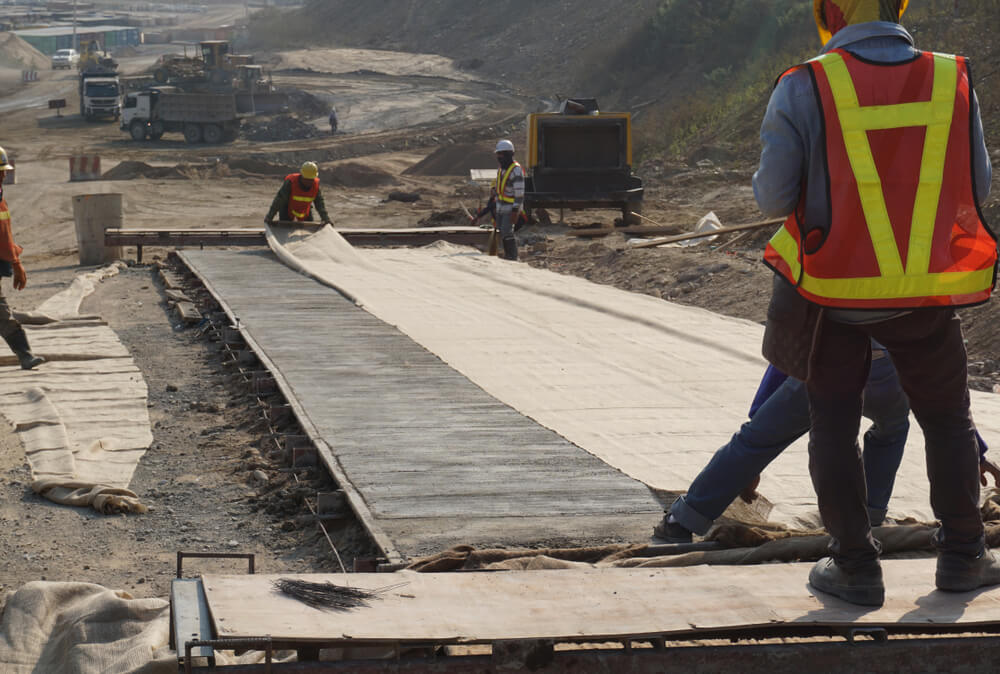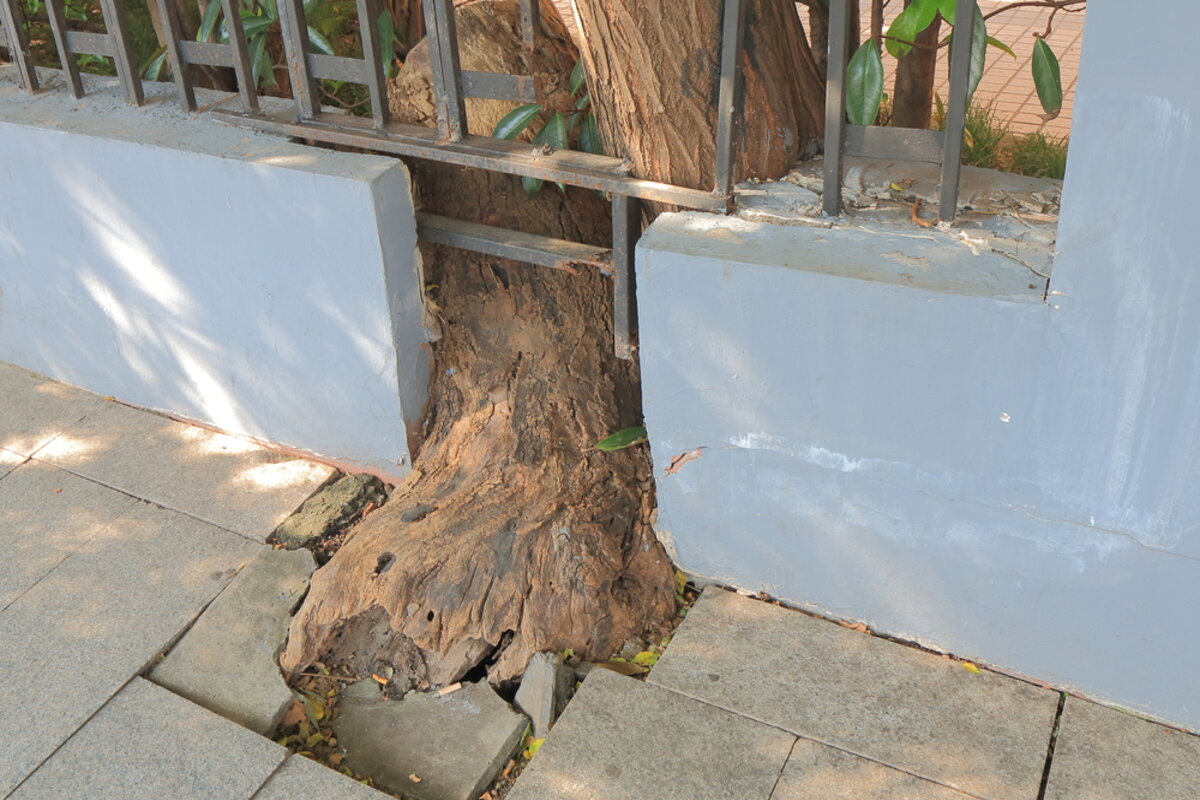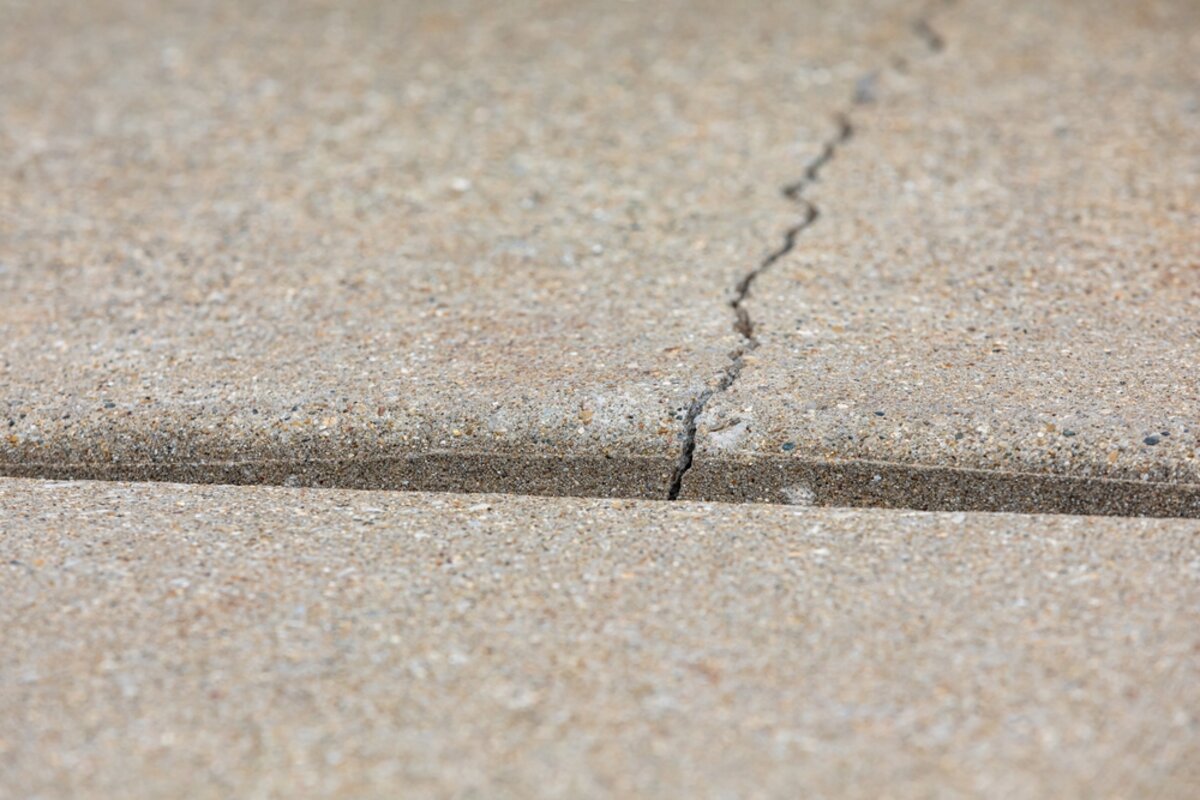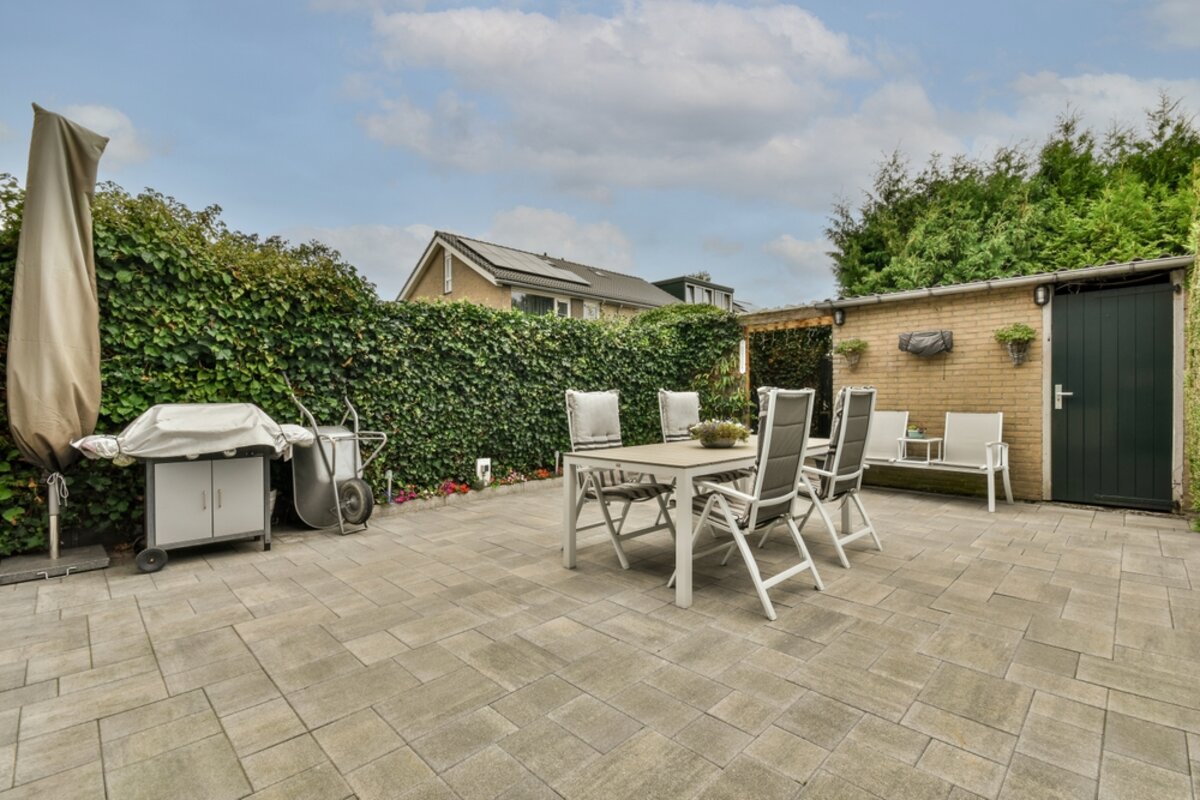When it comes to construction and renovation projects involving concrete, curing is a critical step that is often underestimated. The process of curing not only helps in achieving the desired strength of the concrete but also affects its durability, water tightness, and wear resistance.
While various curing methods have been around for over a century, it is crucial to pick the most effective one for your specific needs. This article will delve into why immediate curing is essential, traditional methods of curing, and why liquid curing compounds are often considered the best choice.
Importance of Immediate Curing
One of the primary principles in concrete curing is that it should start as soon as possible after the concrete has been placed. Delay in initiating the curing process can lead to problems like surface cracking, reduced strength, and overall diminished longevity of the concrete structure. So, whether you’re using traditional or modern methods, remember that immediate curing is non-negotiable.
Traditional Methods of Curing Concrete
Plastic Sheeting
One of the oldest methods involves covering the surface of the concrete with plastic sheeting. This method prevents the loss of moisture from the concrete, but it’s crucial to ensure that the plastic is kept in place and free from punctures to be effective.
Wet Burlap
Another historical method involves the use of wet burlap sacks. The burlap is soaked in water and then placed over the concrete surface. While effective, this method requires regular monitoring to ensure that the burlap remains wet at all times.
Soaker Hoses
Soaker hoses can also be used for maintaining the moisture content on the surface of the concrete. However, this method often requires more hands-on involvement and frequent checks to guarantee that the area remains uniformly wet.
Liquid Curing Compounds
Liquid curing compounds have gained traction in recent years as a reliable and easy-to-apply method for curing concrete. These compounds form a thin membrane on the surface of the concrete that aids in retaining the moisture, which is the primary goal of any curing process. Their effectiveness is heavily reliant on applying the right amount of coverage as soon as the concrete has been placed.
How to Ensure Adequate Coverage
With liquid curing compounds, the quality of the cure is often determined by the amount of product applied. Insufficient coverage will not retain adequate moisture, thereby compromising the strength and durability of the concrete. Here are some tips to ensure you get it right:
- Read the Manufacturer’s Instructions: Always adhere to the guidelines provided by the manufacturer concerning the application rate and procedure.
- Use the Right Equipment: Employ sprayers or rollers that can provide uniform coverage.
- Timing is Everything: Remember, the curing compound needs to be applied as soon as possible after the concrete has been placed for maximum effectiveness.
Conclusion
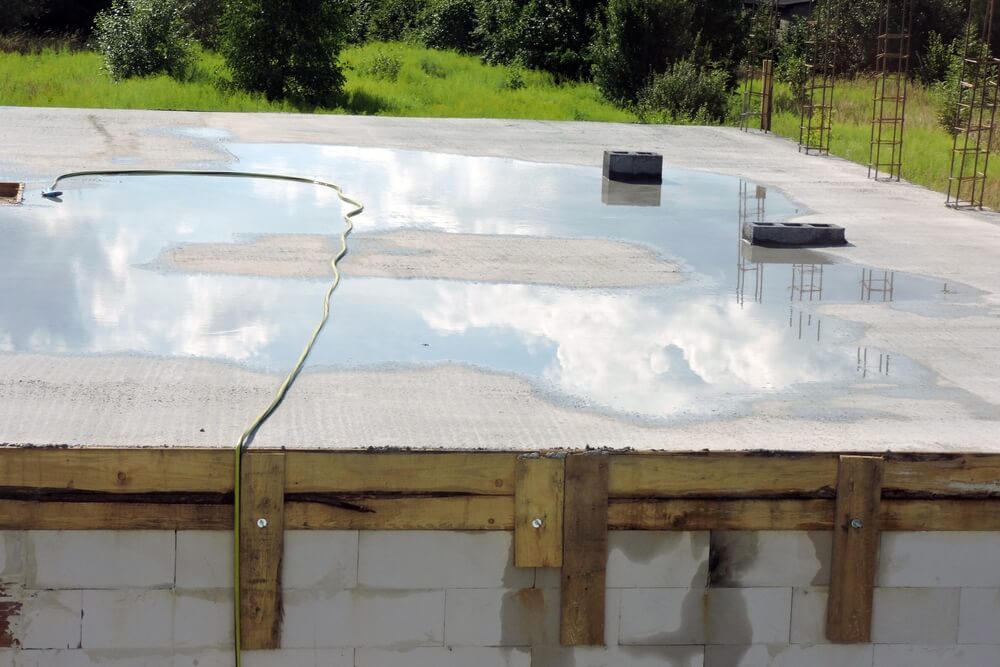
Various methods can be employed for curing concrete, ranging from traditional techniques like plastic sheeting, wet burlap, and soaker hoses, to more modern methods like liquid curing compounds. Regardless of the method chosen, the golden rule is that curing must begin as soon as the concrete has been placed.
When using liquid curing compounds, adequate coverage is crucial for effective moisture retention, ultimately affecting the quality of your concrete structure. Always adhere to best practices and manufacturer guidelines to achieve the best results. Contact Richfield Concrete today to learn more about the best curing compounds for concrete.




